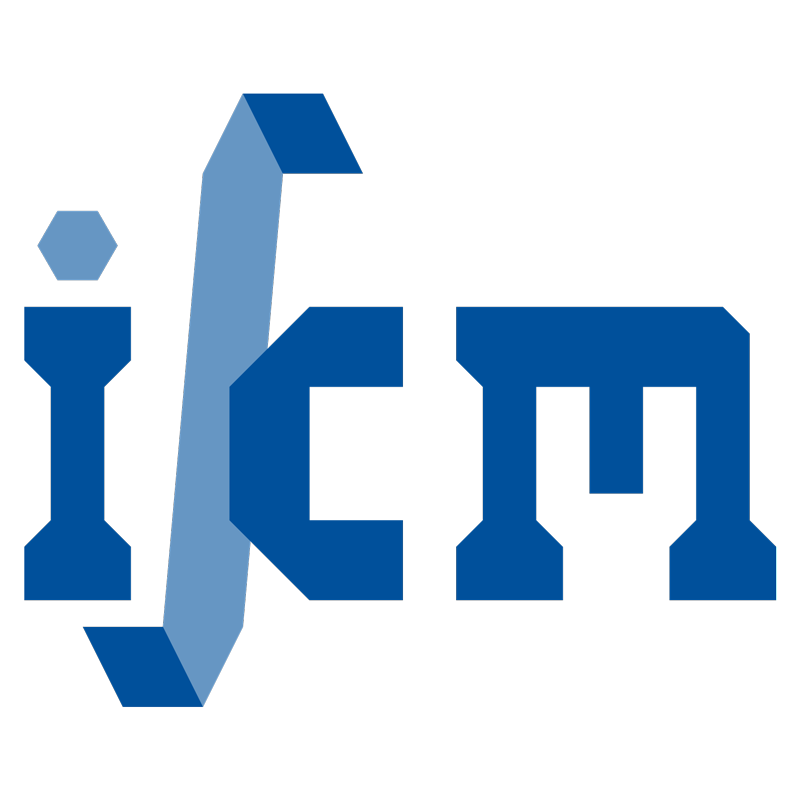Inverse design of quantum spin hall-based phononic topological insulators
- verfasst von
- Srivilliputtur Subbiah Nanthakumar, Xiaoying Zhuang, Harold S. Park, Thanh Chuong Nguyen, Yanyu Chen, Timon Rabczuk
- Abstract
We propose a computational methodology to perform inverse design of quantum spin hall effect (QSHE)-based phononic topological insulators. We first obtain two-fold degeneracy, or a Dirac cone, in the band structure using a level set-based topology optimization approach. Subsequently, four-fold degeneracy, or a double Dirac cone, is obtained by using zone folding, after which breaking of translational symmetry, which mimics the effect of strong spin-orbit coupling and which breaks the four-fold degeneracy resulting in a bandgap, is applied. We use the approach to perform inverse design of hexagonal unit cells of C 6 and C 3 symmetry. The numerical examples show that a topological domain wall with two variations of the designed metamaterials exhibit topologically protected interfacial wave propagation, and also demonstrate that larger topologically-protected bandgaps may be obtained with unit cells based on C 3 symmetry.
- Organisationseinheit(en)
-
Institut für Kontinuumsmechanik
- Externe Organisation(en)
-
Tongji University
Dalian University of Technology
Boston University (BU)
University of Louisville
Ton Duc Thang University
King Saud University
- Typ
- Artikel
- Journal
- Journal of the Mechanics and Physics of Solids
- Band
- 125
- Seiten
- 550-571
- Anzahl der Seiten
- 22
- ISSN
- 0022-5096
- Publikationsdatum
- 04.2019
- Publikationsstatus
- Veröffentlicht
- Peer-reviewed
- Ja
- ASJC Scopus Sachgebiete
- Physik der kondensierten Materie, Werkstoffmechanik, Maschinenbau
- Elektronische Version(en)
-
https://doi.org/10.1016/j.jmps.2019.01.009 (Zugang:
Geschlossen)


